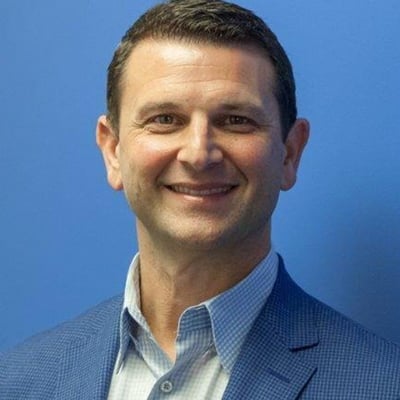

When you grow organically to $1.2 billion in assets under management in nine years, you must be doing something right.
Ted Jenkin, CEO of oXYGen Financial Inc., co-founded his firm in 2009 after a long stint with a large corporation. He decided to appeal to the financially emerging and then-untapped Gen X and Y markets.
He attributes much of the firm’s success to his early embrace of social media. Most people search for an adviser online, so Mr. Jenkin aggressively experimented with new strategies via blogging, YouTube and podcasting.
“You cannot succeed on social media by being Switzerland. Those who succeed socially in life tend to have a viewpoint and a voice,” Mr. Jenkin said.
He cited several early-to-market innovations that attracted younger people to his firm (the average client age is 47):
• Inventing and trademarking the term “private CFO”
• Charging clients on a monthly basis • Providing account aggregation
• Changing the look of the office to feel homey and welcoming
The leap into entrepreneurship wasn’t hard for Mr. Jenkin. He learned what it was like to rely on his own wits at 18 when his father passed away and left the family with no money.
“It spurred me to get into this business,” he said. “And I made the choice not to fail. I never forget what it’s like to have nothing.”

By listening for what truly matters and where clients want to make a difference, advisors can avoid politics and help build more personal strategies.

JPMorgan and RBC have also welcomed ex-UBS advisors in Texas, while Steward Partners and SpirePoint make new additions in the Sun Belt.

Counsel representing Lisa Cook argued the president's pattern of publicly blasting the Fed calls the foundation for her firing into question.

The two firms violated the Advisers Act and Reg BI by making misleading statements and failing to disclose conflicts to retail and retirement plan investors, according to the regulator.

Elsewhere, two breakaway teams from Morgan Stanley and Merrill unite to form a $2 billion RIA, while a Texas-based independent merges with a Bay Area advisory practice.
Orion's Tom Wilson on delivering coordinated, high-touch service in a world where returns alone no longer set you apart.
Barely a decade old, registered index-linked annuities have quickly surged in popularity, thanks to their unique blend of protection and growth potential—an appealing option for investors looking to chart a steadier course through today's choppy market waters, says Myles Lambert, Brighthouse Financial.
